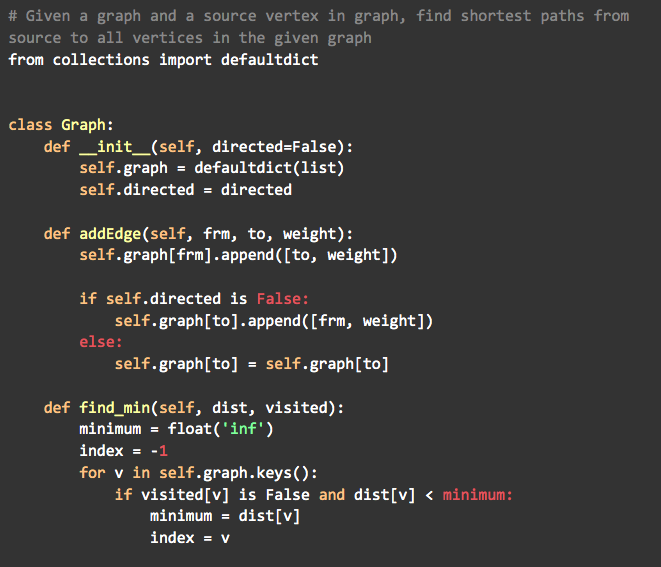- Why Did You Decide to Become a Software Engineer? …
- What programming languages do you prefer? …
- What’s important when checking a team member’s code? …
- What project management tools have you used? …
- Talk about a project you completed successfully.
SOFTWARE ENGINEER Interview Questions & TOP SCORING ANSWERS!
21. Define black box testing and white box testing?
In software engineering, concurrency refers to a set of techniques and mechanisms that allow the software to do many tasks at the same time. Concurrency can be achieved by using languages like C++ or Java because these languages support the concept of thread. New hardware and software features are required to achieve concurrency.
A software metric is a quantitative measure of program properties. Software metrics can be used for a range of things, such as analyzing software performance, planning, estimating productivity, and so on. Load testing, stress testing, average failure rate, code complexities, lines of code, etc. are some software metrics. The benefits of software metrics are many, some of them being:
25. What is Data Flow Diagram?
A Data Flow Diagram (DFD) shows the flow of information flows through a system. It shows data inputs, outputs, storage sites, and paths between each destination using symbols such as rectangles, circles, and arrows, as well as short text labels. Data flowcharts can range from simple to in-depth DFDs that go deeper into how data is processed. They can be used to evaluate a current system or to create a new system. A DFD can effortlessly express things that are difficult to describe in words, and it can be used by both technical and non-technical audiences.
Describe a difficult bug you were tasked with fixing in a large application. How did you debug the issue?
Bugs usually appear in new applications and software programs, and its a software engineers responsibility to locate and resolve these issues. Difficult bugs are often the result of an unusual alignment of conditions. Hearing your experience of resolving bugs explores several aspects of your skills including critical thinking and how well you handle stress and pressure.
Example: “I received a bug report from our DevOps team about one of our databases being stressed from an expensive query being called excessively from the UI. I first checked the logs to find out when the trouble started. This gave me the rough commit range in which the bug was introduced. I was able to reproduce the bug on the latest piece of code, but only in production. I ran a git bisect to isolate the specific commit that introduced the bug and pulled the branch. However, I was not able to reproduce the issue. I went to the UI to debug using the browser devtools. Sourcemaps are not available in our production environment, so I had to map the minified JavaScript code to the source CoffeeScript code.
I was able to determine that the offending method was being called on every page as opposed to the occasional call from a lesser-used specific feature. Diving back into the commit I’d identified earlier, I found no change in reference to the method. The only approximate change I could find was an unrelated tweak to a line in a file that had a reference to it that had been “commented out” about three years prior. I decided to deploy some distinct logging statements to ensure that I had correctly identified the method. My logging confirmed the connection. After some additional rounds of logging, I was able to identify an unfortunate bug in CoffeeScript in which the code that had been “commented out” years earlier was being included in minified production code due to an alignment of the tweak and another piece of code from another developer that had been merged into master minutes before.”

